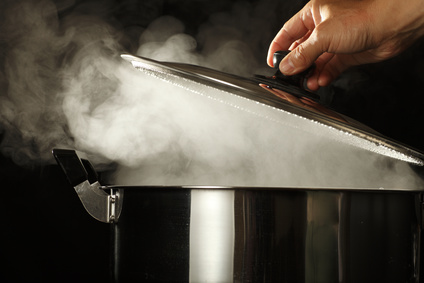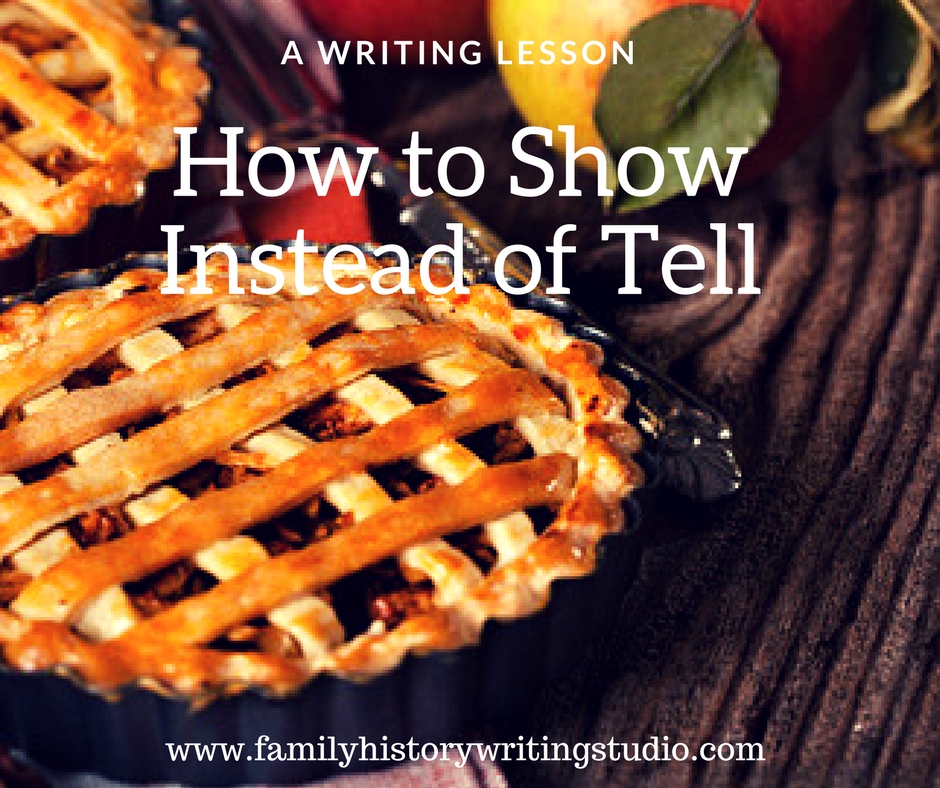Like a good pot of soup on a cold’s winter’s day, every family history scene requires some essential ingredients to make them successful. Without a tasty broth, some colourful veggies, and a fat noodle the soup will just not satisfy. The same can be said for a scene, if it’s missing an essential ingredient it will likely fall flat and you may lose the interest of your reader. Today, we look at the ingredients that make a satisfying scene. Let’s identify the key ingredients in a family history scene each one closer so that you can create powerful and fulfilling scenes for your reader.
Protagonist Ancestor
The majority of your scenes should be built around your protagonist ancestor. Your protagonist ancestor is the main character of your story and through whose point of view, the story will be told. In each scene, your protag ancestor will be involved in action or dialogue. Make sure that you’ve chosen a single ancestor from which point of view that story will be told.
Action
Every scene shows some dramatic movement, large or small. It creates a sense of movement through time and space. It could be actual action or even dialogue which gives the essence of movement within a scene. Without action, you have no scene.
We want to demonstrate our ancestor’s movements, feelings, actions, and reactions. Don’t tell us about them, show them offer up the proof in the form of a scene.
Scene Goal
Every scene has a goal. We know that our story also has a goal, however, this is different from the scene goal. The scene goal begins and ends in the scene, but contributes to the overall advancement of the story.
Antagonist and Allies
Your protagonist ancestor needs someone to interact with, these will come in the form of an antagonist who opposes your ancestor’s goals or allies who will help your ancestor to achieve her goal.
New Information
Each scene builds on the previous scene providing new information that keeps moving the story forward. If it doesn’t move the story forward then perhaps it doesn’t belong in the story.
Setting and Time Period
Setting and time period is essential to grounding your scene through sensory details and description.
Theme
The overall meaning of your story is conveyed within scenes using images and sensory details.
Tension
Not only organizing your scenes within the story but by creating a feeling of conflict and uncertainty within a scene will keep the reader guessing as what is next and will keep them turning the pages.
Great Endings
Scenes can end in any number of ways. Some may end on a high-note, with a small victory for your ancestor, or in defeat. It can end with a cliff-hanger or some uncertainty. It’s important that each scene ends in such a way that it eludes to future obstacles for your ancestor and a yearning in your reader to know what happens next.
Make sure your story scenes have all the right ingredients.


